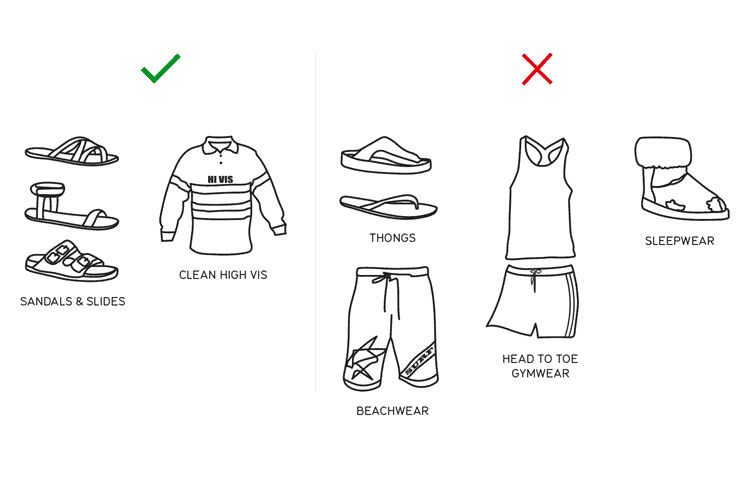Leggings-Gate & Verboten Uggs: Unpacking Airline Dress Codes
Share

APEX Insight: Are controversial dress codes causing wear and tear on airlines’ brands?
Most fashion experts recommend dressing in layers for flights, but as one traveler recently found out, layering has its limits – or pushes them. Earlier this month, a British Airways passenger en route to London from ReykjavÃk was arrested for causing a stir after endeavoring to wear all of his clothing – eight pairs of pants and 10 shirts – in an attempt to dodge an excess baggage fee.
Airline dress codes have faced their share of scrutiny and social media backlash after a number of viral incidents have brought certain policies into question. United Airlines’ Leggings-Gate fiasco, in which two teenage girls traveling last year on employee passes were barred from a flight for wearing leggings, sparked outrage from customers and celebrities such as Sarah Silverman and Chrissy Teigen, who accused the policy of being sexist.
United has assured its regular clientele “leggings are welcome” on board. Many airlines, like United, enforce two distinct dress codes: one for non-revenue passengers and one for paying flyers. Policies for non-revenue passengers tend to be more strict on the grounds that pass users represent the airline, whereas rules for paying customers are much more flexible.
For paying flyers, most airlines agree that boarding barefoot is going a step too far. The free-footed faux pas is unambiguously banned by United, Delta Air Lines, American Airlines, and JetBlue Airways. But beyond that, in-flight wardrobe policies are unspecific. United bars travelers who are “not properly clothed,” while American prohibits those “clothed in a manner that would cause discomfort of offense to other passengers.”
“Comfort is key when flying, but it can still be chic.” – Brad Cicero, Porter Airlines
Clauses like these are largely intended to protect travelers rather than police fashion, and have led to relatively few incidents; but critics worry that vague verbiage can leave things too open to interpretation. Saudia Airlines requires travelers wear attire that is “inline with public taste or not offensive to other passengers.” While since removed, “women exposing legs or arms” and “men wearing shorts” were once listed as examples of offensive attire on the airline’s website.
Last month, Qantas came under fire for denying traveler Joanne Catherall access to its business lounge for wearing Uggs. The sheepskin boots are unmistakably identified in a pictogram of verboten footwear on Qantas’ website and on placards placed outside its domestic lounges, but the airline’s decision to categorize the boots as sleepwear has raised a few eyebrows. “Why would an @UGG boot I wear outdoors in all weathers be classed as sleepwear in @Qantas lounge but nowhere else that I have ever been on this earth?” tweeted Catherall.

Whether for lounges, non-rev flyers or paying customers, the regularity at which sleepwear and athleisure apparel appear in the “what not to wear” sections of dress code policies underlines in-flight fashion trends some airlines may be gently trying to curb. A poll from USA Today shows passengers prioritizing comfort above anything else, with 45 percent opting for “loose fitting clothing,” 40 percent going for “business casual,” and only three percent dressing “like I’m going to high tea.”
But as Porter Airlines director of Communications and Public Affairs Brad Cicero points out, comfortable and professional attire needn’t be mutually exclusive. “Comfort is key when flying, but it can still be chic (so save your pajamas for home),” he says. “Wearing clothes made of soft and breathable fabrics such as cotton, silk, or linen, will help when you’re sitting for long periods of time.” Cicero also suggests passengers wear layers, but within reason, of course.
The Toronto-based regional carrier recently published a blog post that celebrates Porter flyers who have mastered the art of airport style. With its network serving business hubs in Canada and the United States, many of Porter’s weekday passengers travel for business and dress the part, but Cicero says, “Even when traveling for leisure, our passengers’ penchant for style is reflected in their outfit choices.”


